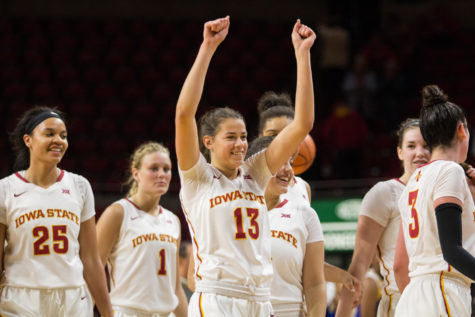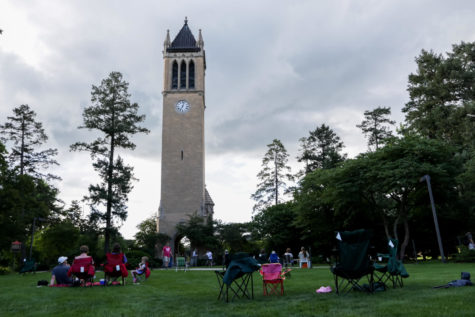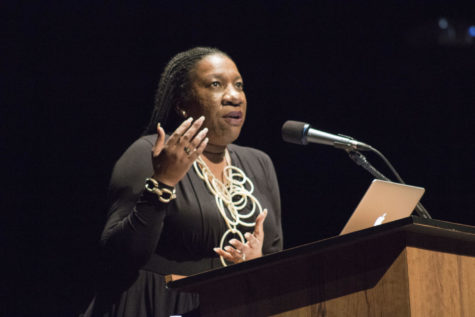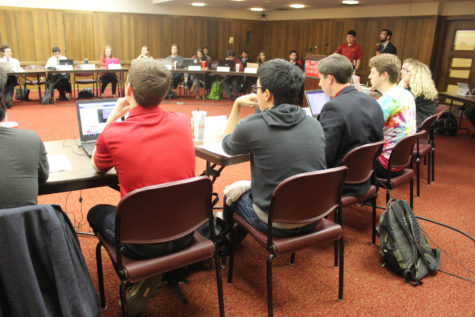Resources to help pay for college
August 18, 2014
Attending college is an expensive experience and many students need help paying for their tuition, fees, books and housing. A few of the ways to do that are to fill out a Free Application for Federal Student Aid and apply for scholarships.
One of the most important things students need to remember to do in order to get financial aid is to fill out their FAFSA. This can be done online at fafsa.ed.gov, filling out the FAFSA PDF and mailing it in or requesting a paper FAFSA by calling 1-800-433-3243.
According to the federal student aid website, it provides “more than $150 billion in federal grants, loans, and work-study funds each year to more than 15 million students paying for college or career school.”
Iowa State asks that students file their FAFSA between Jan. 1 and March 1. This is because some programs have limited funding and this gives the students the chance to be considered for eligibility in these programs. The ISU website said if a student files their FAFSA after March 1, he or she “will still be considered for financial aid based on remaining available funds.” Students do not have to worry about federal Pell grants or federal Stafford and PLUS loans because those programs do not have limited funds. Eligible students can always get funds from these programs.
Scholarships are another way to get financial aid and do not have to be repaid, unlike student loans. ISU students can search for university scholarships by going to www.financialaid.iastate.edu/scholarships. The scholarships can be narrowed down by incoming freshmen, currently enrolled students, transfer students and graduate students.
Once you’ve chosen one of those categories, you can narrow your search even further by residence, need-based, required application or additional specifications.
Grants are similar to scholarships in that they do not need to be repaid and are competitive or need-based. The grants available through Iowa State include Iowa Grant, ROTC Grant, Federal SEOG, ISU Grant, Pell Grant and TEACH Grant.
When taking out student loans, students must keep in mind that these do have to be repaid, often with interest. You don’t have to start repaying them while you’re still enrolled, but you do have to start repaying them after your grace period has ended. According to the ISU website, a grace period is “a short time period after graduation or withdrawal during which the borrower is not required to begin repaying his or her student loans. The grace period may also begin if the student drops below half-time enrollment.”
Keep in mind the interest of your loans when choosing which ones to apply for. A subsidized loan means the federal government will pay your interest on the loan, but an unsubsidized loans means the student has to pay his or her own interest.














